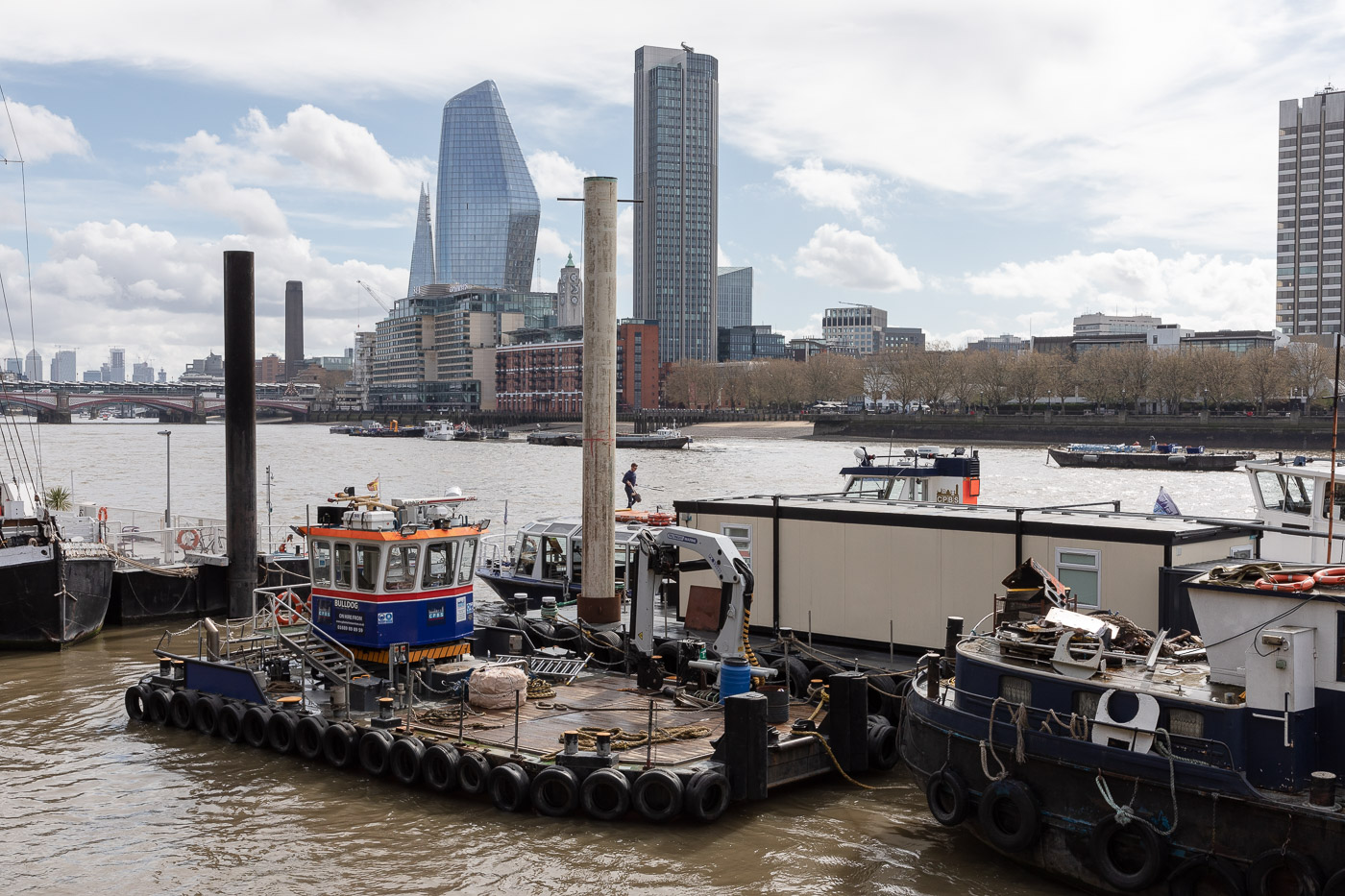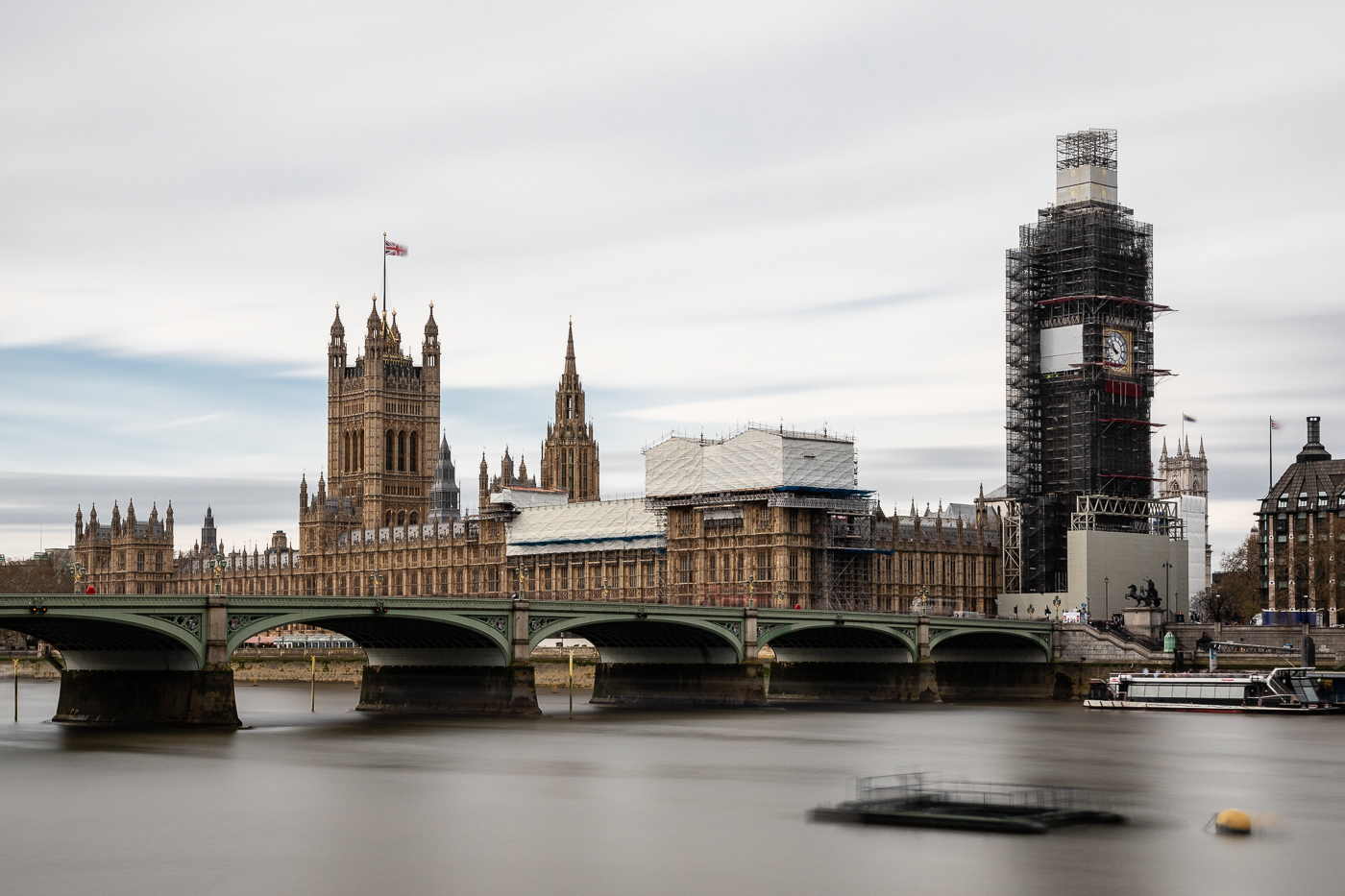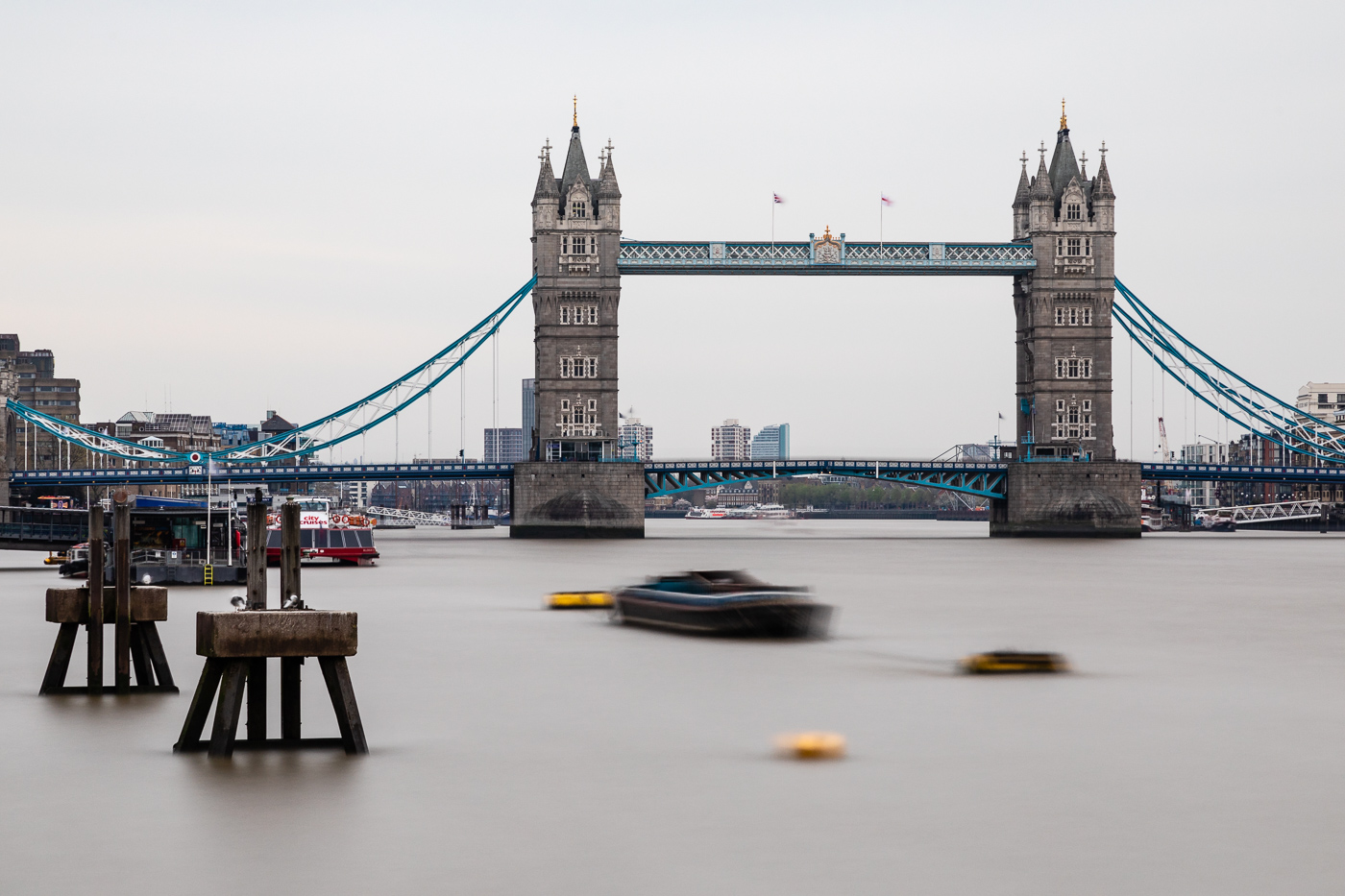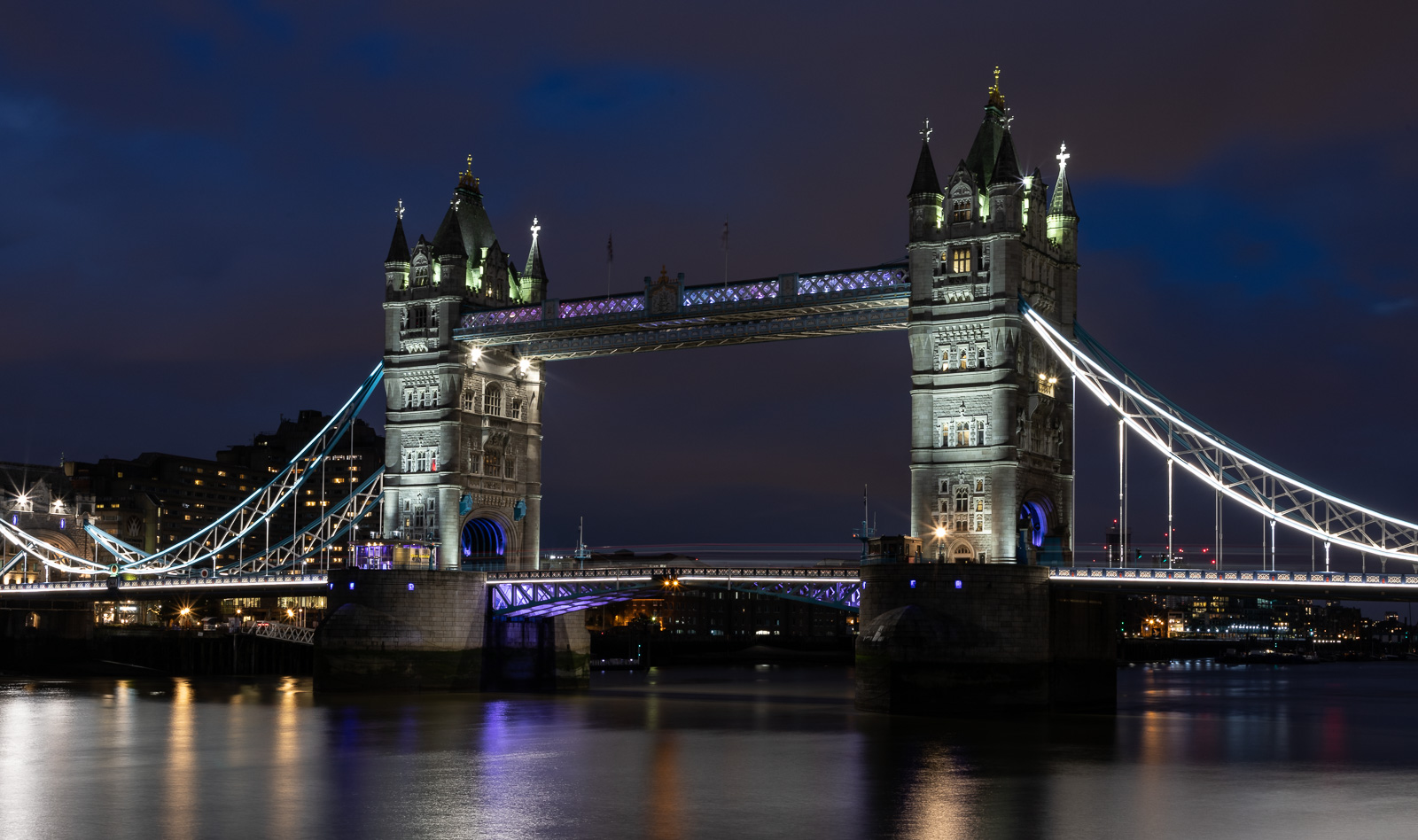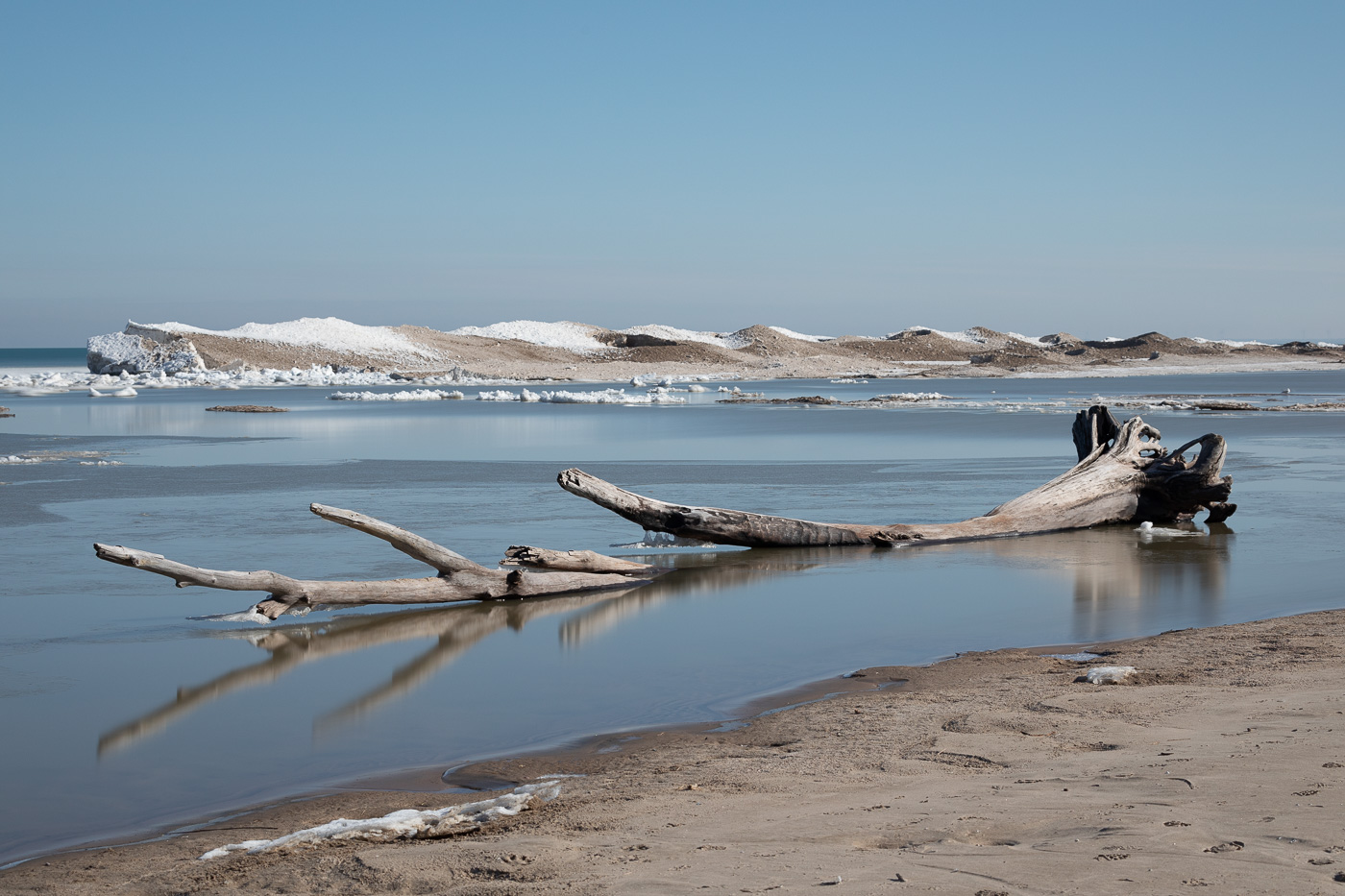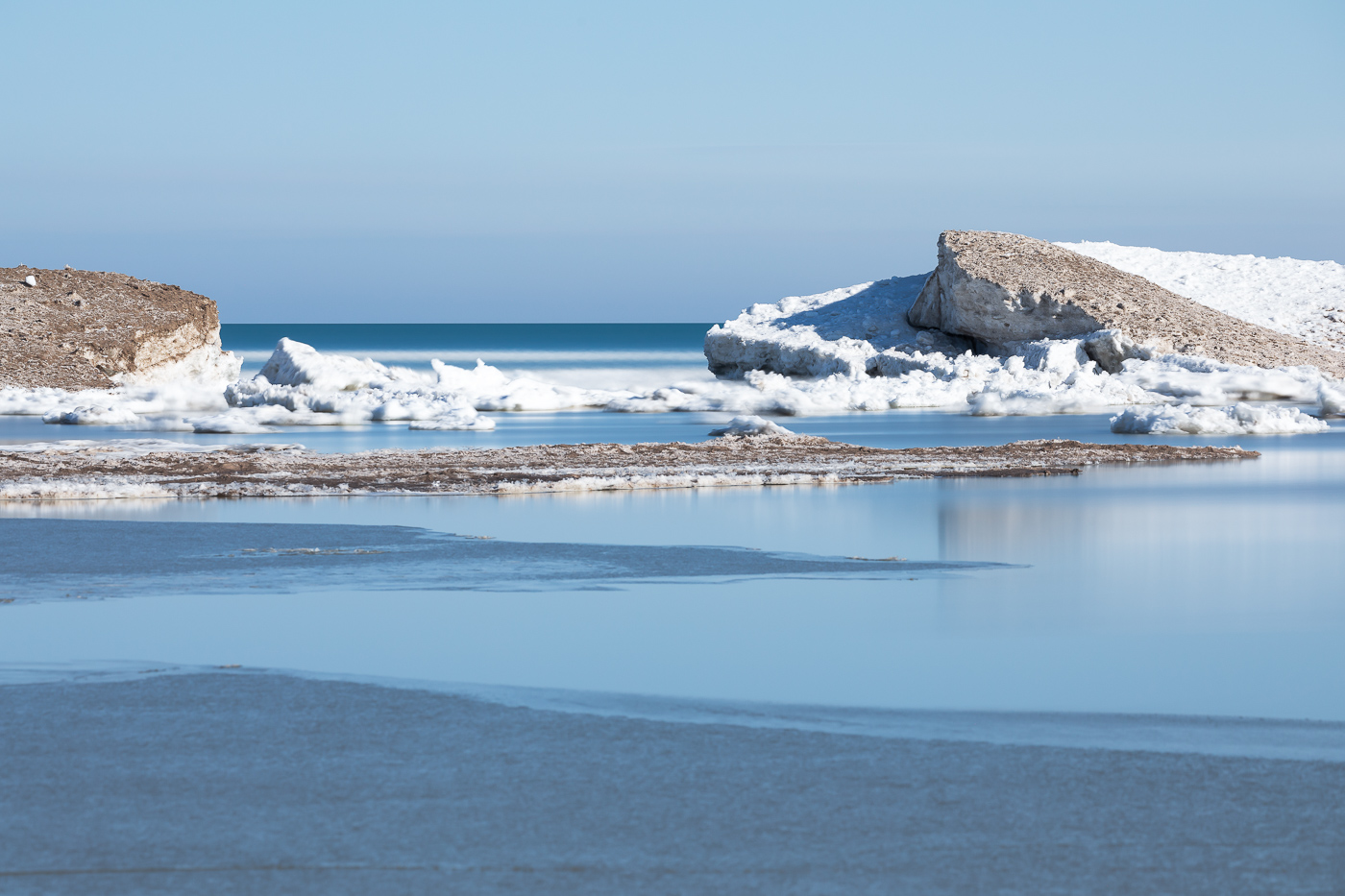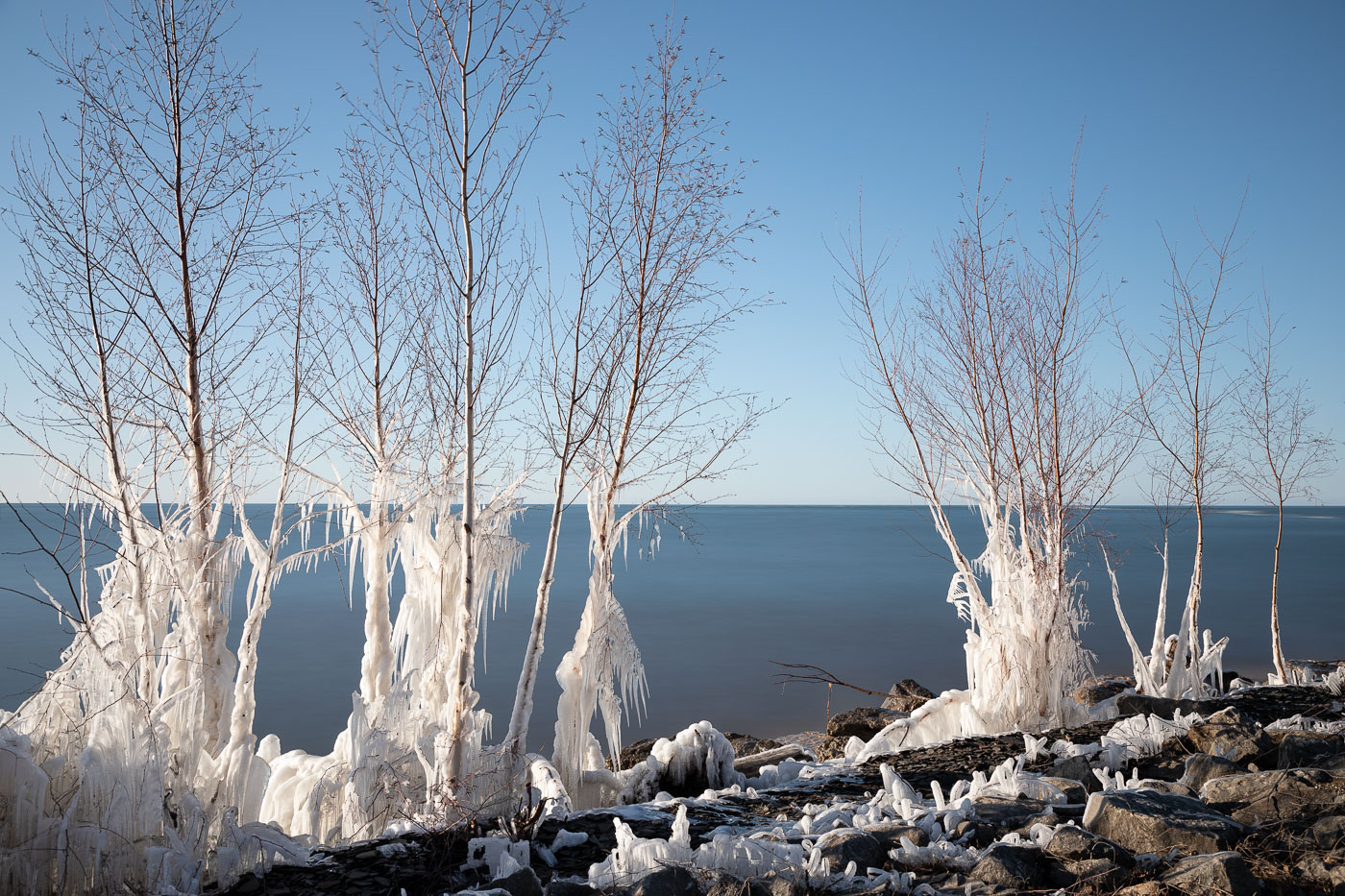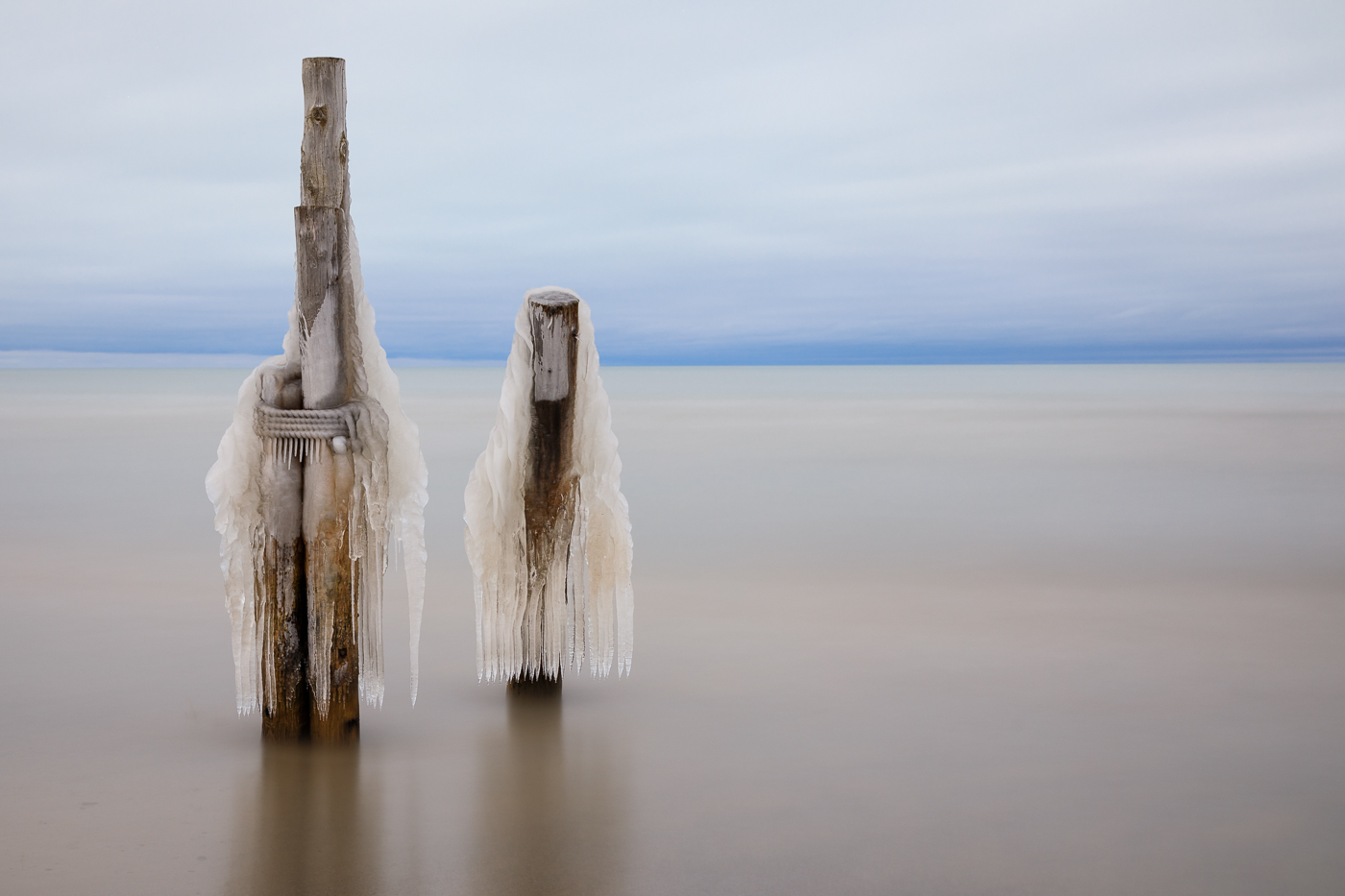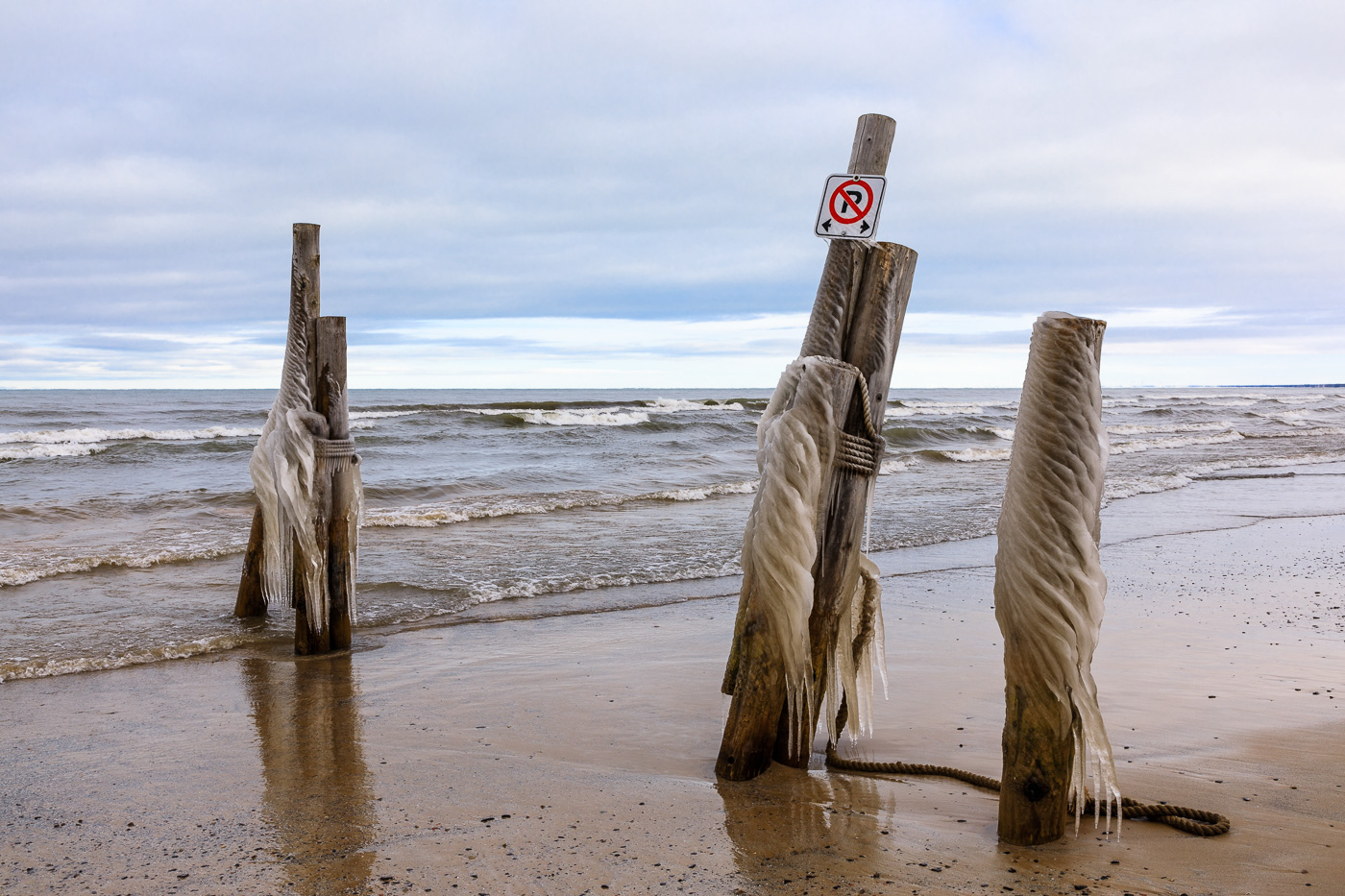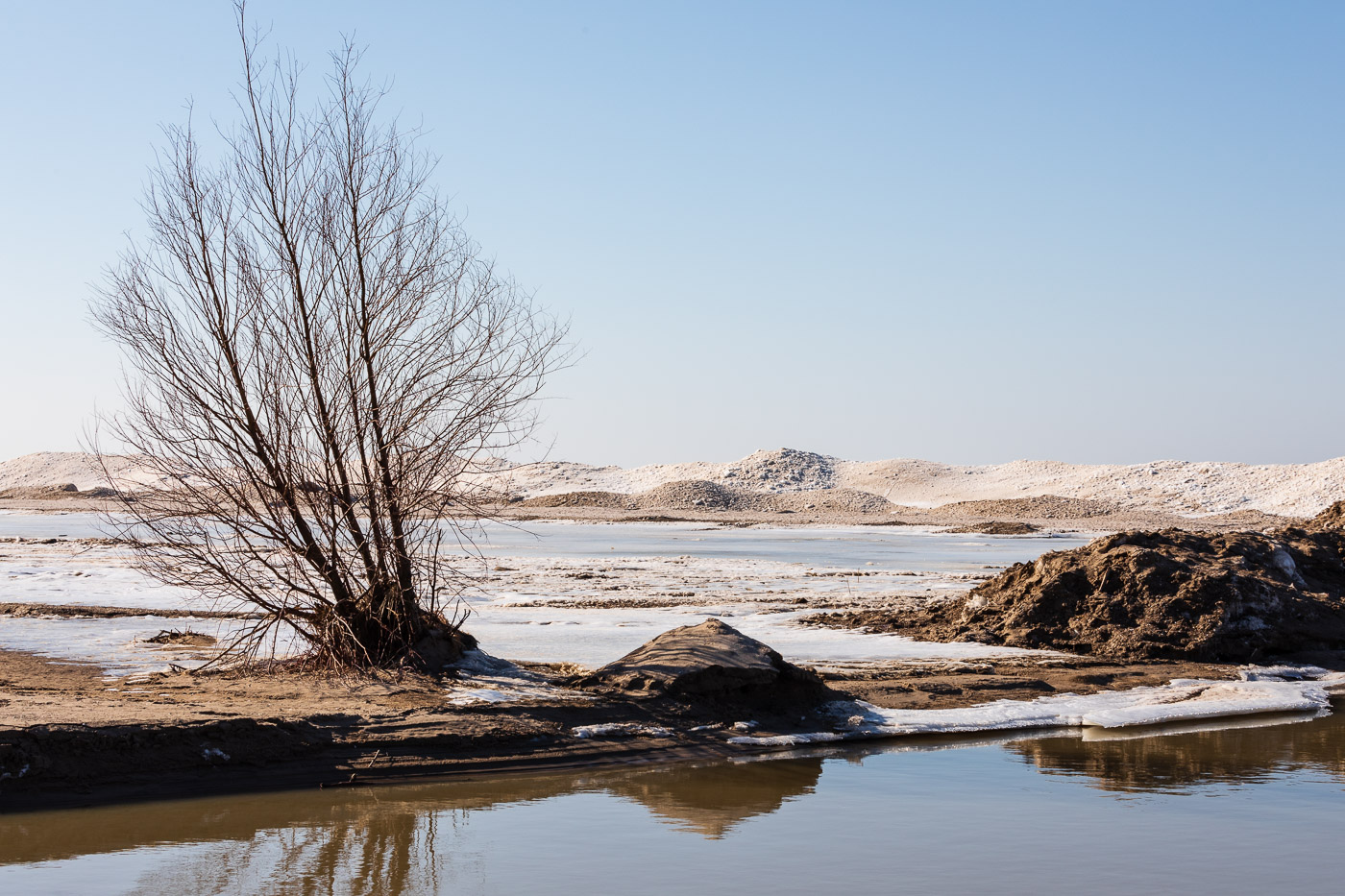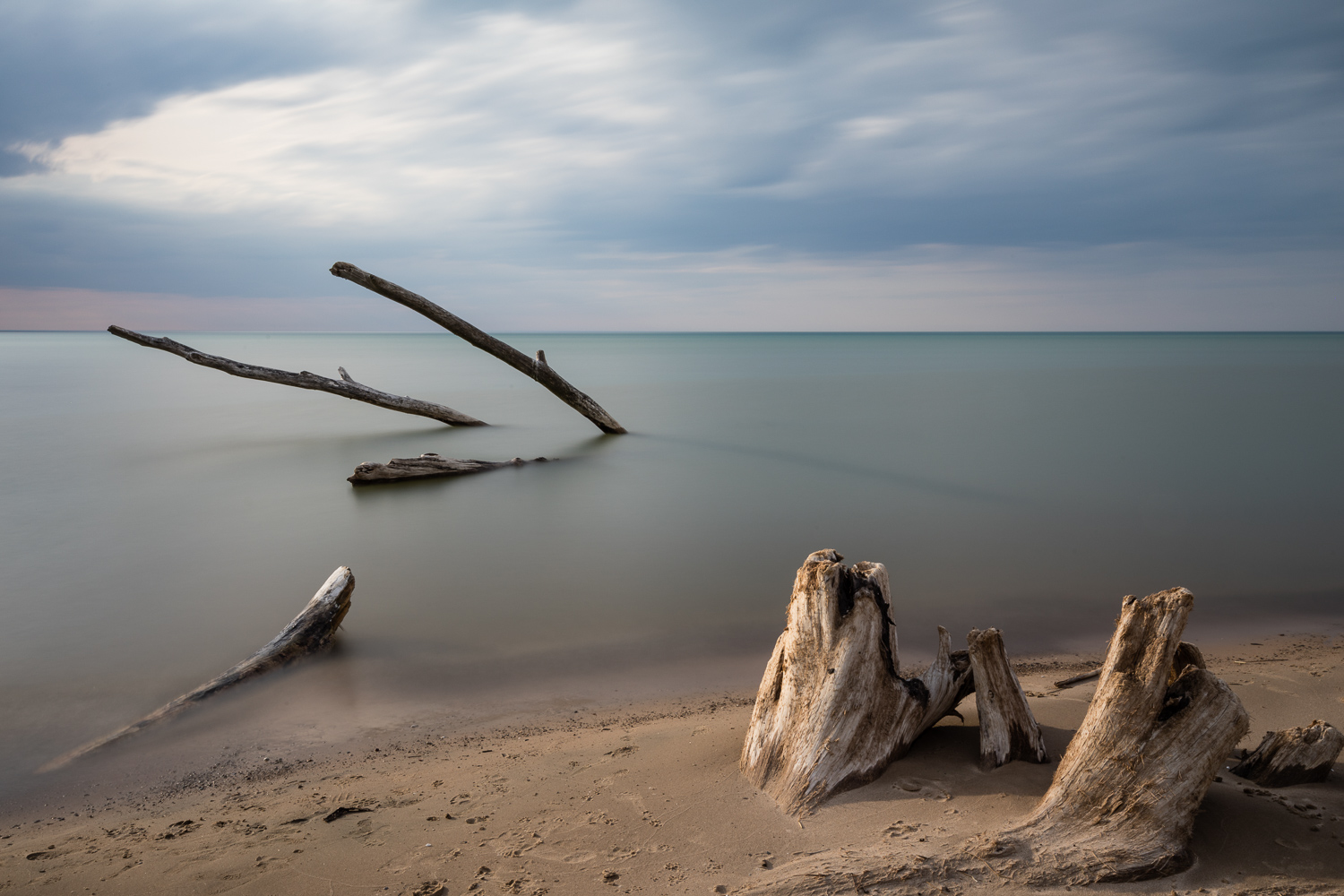A friend and I recently went to London to photograph both the city and the sites along the Thames River. We felt the winding river, the bridges and the combination of old and new architecture would have lots to offer. The River Thames at 215 miles is the longest river in England. It’s been a centre of commerce and transportation for much of the city’s history, and currently provides London with two-thirds of its drinking water. While most of the images are long exposures this one, taken from the top of the Tate Modern, is not. It offers both a view of the city and the river, and shows the contrast between the old and the new.
A view of the Millennium Bridge, a pedestrian bridge built in 2,000 to celebrate the turn of the century, with the historic St. Paul’s Cathedral, built by Christopher Wren and completed in 1708, in the background.
An image of the bridge taken from the south side of the river, close to the Tate Modern. The long exposure removes the many pedestrians from the shot providing a clearer image of the bridge itself. The temporary fencing along the right side is there to restrict access while construction work is taking place.
Southwark Bridge, an arch bridge across the Thames, built in 1921 to replace an earlier bridge. The older structure pairs nicely with the classic architecture of Vintners Place on the left and contrasts with the taller modern skyscrapers in the background. Southwark Bridge carries the least traffic of all the London bridges.
Two images of London’s famous Tower Bridge, taken from the south side of the river . The first image was taken in mixed light with some sun coming through the clouds. This was one of the few times in the week the sun was out.
A little further along the river, a small alleyway took us closer to the river and offered another opportunity to photograph the Tower Bridge from a different vantage point and in different light. The Gherkin, a commercial skyscraper built in 2003, can be seen between the two pillars.
The Thames is a working river, with barges and tourist boats moving along it constantly. Construction is evident everywhere.
A different day, still on the south side of the river but walking west towards the Parliament Buildings. Westminster Bridge in the foreground with the Parliament Buildings and Big Ben, wrapped and scaffolded for repairs, behind.
The Parliament Buildings and Big Ben are large and hard to capture in a single shot. The panorama seems the best way to showcase them both
Across the river on the South Bank views of The Eye dominate the scene. Completed in 2000 for London’s Millennium celebrations, The Eye is Europe’s largest cantilevered observation wheel providing incredible views of the city . The wheel has 32 sealed and air-conditioned passenger capsules, each with a capacity for 25 passengers. One revolution of the wheel takes 30 minutes. The Eye is the most popular tourist attraction in the UK with about 4 million passengers a year.
And if we need to imagine The Eye a little smaller we can frame it behind the Sphinx, a large statute - one of a pair actually - that guard Cleopatra’s Needle, an Egyptian obelisk built around 1450 BC and gifted to the United Kingdom by the ruler of Egypt and Sudan in 1819.
Renzo Piano’s Shard is a building that also dominates the skyline. Started in 2009 and finished in 2012, at 95 stories and 1,016 feet it’s the tallest building in London.
The Tower Bridge seen from the North Bank of the river.
The section of the River Thames that runs through London is also tidal, with a difference of 23 feet between low tide and high. The tides are measured at Blackfriars Bridge. It’s the one on the left in the picture below. Beside it are the red posts, left over from the original Blackfriars Railway Bridge, built in 1864 but declared 120 years later as too weak to support modern trains. It was removed but the supports were left, with the ones on the far right becoming pillars for the new railway bridge. I like that the old posts remain to tell a bit of their story and that their red colour is maintained.
And to close this post, a couple of evening and night shots.
London is a great city to spend time in. And not just for the photography. We managed to see a couple of plays, walked much of the city, and enjoyed some excellent meals. There’s lots to see and do in London and I could easily return. And perhaps on another trip the sun might be out a little more often.







